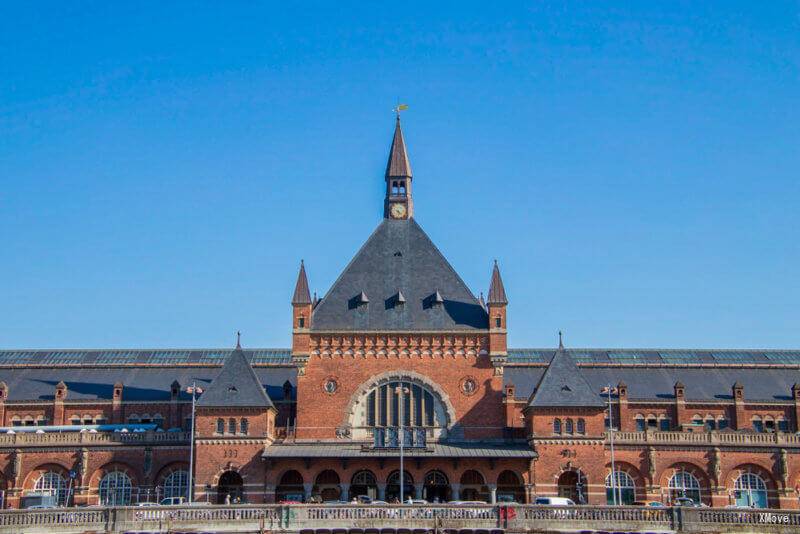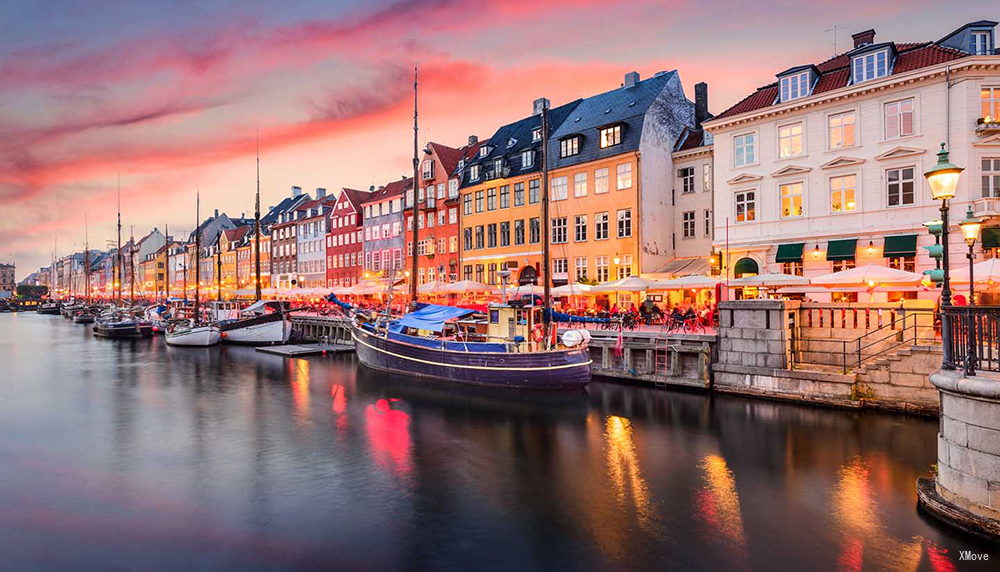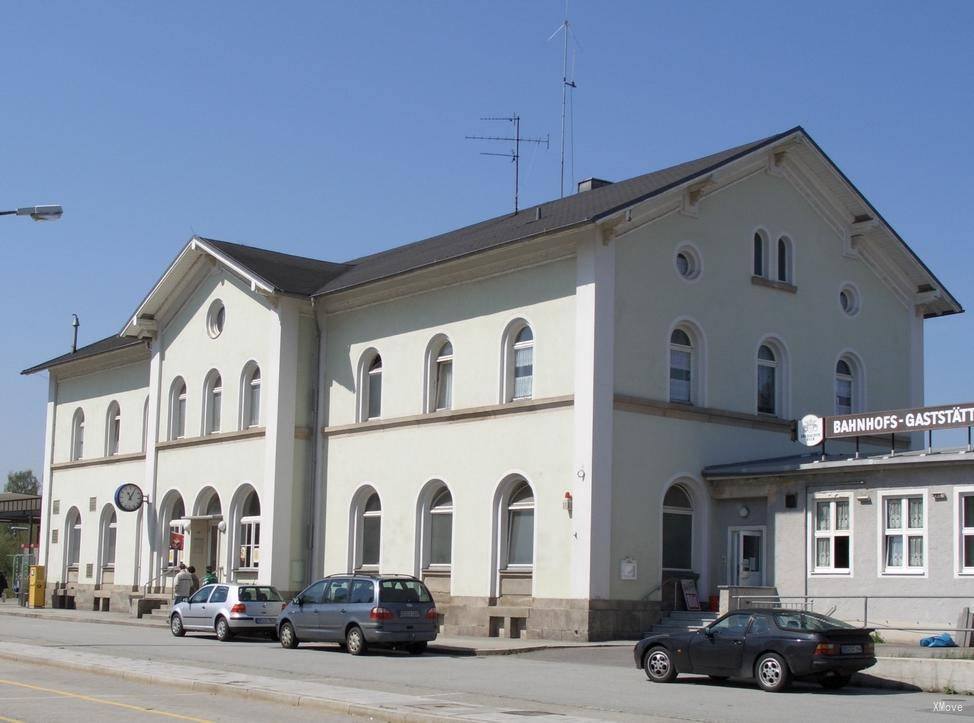Copenhagen Hovedbanegard Central to Deggendorf Central: Trains, Buses, Fares, Today's Connections, Routes, Duration, Types of Trains, Station Guides, Tips, Journey
Denmark Train Tickets
Scan QR code, download G2Rail App to see Copenhagen Hovedbanegard Central's more live update, station guide, plan and photos



Train schedule Copenhagen Hovedbanegard Central(Köbenhavn H) to Deggendorf Central(Deggendorf Hbf)
Popular train routes departing from Copenhagen Hovedbanegard Central(Köbenhavn H)
* Innsbruck Central(Innsbruck Hbf)
* Malmoe Central(Malmö C)
* Kitzbühel Central(Kitzbühel Hbf)
* Bremen Central(Bremen Hbf)
* Interlaken Ost
* Cottbus(Cottbus Hbf)
* Berlin Central(Berlin Hbf)
Popular train routes arriving in Copenhagen Hovedbanegard Central(Köbenhavn H)
* 오르후스(Aarhus)
* 올보르(Aalborg St)
* 오덴세(Odense St)
* 베를린(Berlin)
* 말뫼 중앙역(Malmö C)
* 만하임 중앙역(Mannheim Hbf)
* 뉘른베르크(Nürnberg Hbf)
Popular train routes departing from Deggendorf Central(Deggendorf Hbf)
* Pfarrkirchen
* Frankfurt Central(Frankfurt(Main)Hbf)
* Salzburg Central(Salzburg Hbf)
* Nuremberg Central(Nürnberg Hbf)
* Vienna Central Station(Wien Hbf)
* Copenhagen Hovedbanegard Central(Köbenhavn H)
* Paris North(Paris Gare Du Nord)
Popular train routes arriving in Deggendorf Central(Deggendorf Hbf)
* Landau(Isar)
* Wenecja S. Lucia(Venezia Santa Lucia)
* Munich Pasing(München Pasing)
* Memmingen
* Salzburg Central Station(Salzburg Hbf)
* Plattling
* Główny Dworzec Kolejowy W Ratyzbonie(Regensburg Hbf)
* Dworzec Centralny W Monachium(München Hbf)
* Dworzec Centralny W Wiedniu(Wien Hbf)
* Frankfurt
* Dworzec Centralny We Frankfurcie(Frankfurt(Main)Hbf)
* Ljubljana
* Constance(Konstanz)
* Dworzec Główny W Kolonii(Köln Hbf)
* Bawarski Eisenstein(Bayerisch Eisenstein)
* Zagrzeb(Zagreb)
* Dworzec Dalekobieżny Na Lotnisku We Frankfurcie Fernbf(Frankfurt(M) Flughafen Fernbf)
* Magdeburg Rothensee
* Lotnisko We Frankfurcie (M)(Frankfurt(M)Flughafen)
* Amsterdam Central(Amsterdam Centraal)
* Dworzec Główny W Linz(Linz Hbf)

Copenhagen Hovedbanegard Central
Located in the city centre, all trains pass through this station or start here. There are many cities in Denmark that can be reached by trains. In addition to the Danish cities, there are also famous cities such as Malmö in Sweden, Hamburg in Germany and Amsterdam in the Netherlands. All light rail express trains (except F line) all pass this site
There are many trains from Copenhagen to various cities in Denmark. There are trains to all parts of the country, including 12 minutes to the airport, and some important attractions, City Hall, pedestrian street, round tower and port are all within walking distance. Going to the little mermaid is relatively far away.
The international route is Copenhagen → Hamburg, passing through Lübeck. Or the night train departs from Copenhagen to Hamburg, Amsterdam, Frankfurt, Dresden, Prague and other places, or express trains to the Nordic cities of Gatpo Stockholm.
Copenhagen Hovedbanegard Central - Station Guide | Departures and Arrivals | Popular Routes
Copenhagen (Danish: København [kʰøpm̩ˈhaʊ̯ˀn] ) is the capital and most populous city of Denmark. As of July 2018, the city has a population of 777,218 (616,098 in Copenhagen Municipality, 103,914 in Frederiksberg Municipality, 43,005 in Tårnby Municipality, and 14,201 in Dragør Municipality). It forms the core of the wider urban area of Copenhagen (population 1,320,629) and the Copenhagen metropolitan area (population 2,057,737). Copenhagen is situated on the eastern coast of the island of Zealand; another small portion of the city is located on Amager, and it is separated from Malmö, Sweden, by the strait of Øresund. The Øresund Bridge connects the two cities by rail and road. Originally a Viking fishing village established in the 10th century in the vicinity of what is now Gammel Strand, Copenhagen became the capital of Denmark in the early 15th century. Beginning in the 17th century it consolidated its position as a regional centre of power with its institutions, defences and armed forces. After a plague outbreak and fire in the 18th century, the city underwent a period of redevelopment. This included construction of the prestigious district of Frederiksstaden and founding of such cultural institutions as the Royal Theatre and the Royal Academy of Fine Arts. After further disasters in the early 19th century when Horatio Nelson attacked the Dano-Norwegian fleet and bombarded the city, rebuilding during the Danish Golden Age brought a Neoclassical look to Copenhagen's architecture. Later, following the Second World War, the Finger Plan fostered the development of housing and businesses along the five urban railway routes stretching out from the city centre. Since the turn of the 21st century, Copenhagen has seen strong urban and cultural development, facilitated by investment in its institutions and infrastructure. The city is the cultural, economic and governmental centre of Denmark; it is one of the major financial centres of Northern Europe with the Copenhagen Stock Exchange. Copenhagen's economy has seen rapid developments in the service sector, especially through initiatives in information technology, pharmaceuticals and clean technology. Since the completion of the Øresund Bridge, Copenhagen has become increasingly integrated with the Swedish province of Scania and its largest city, Malmö, forming the Øresund Region. With a number of bridges connecting the various districts, the cityscape is characterised by parks, promenades and waterfronts. Copenhagen's landmarks such as Tivoli Gardens, The Little Mermaid statue, the Amalienborg and Christiansborg palaces, Rosenborg Castle Gardens, Frederik's Church, and many museums, restaurants and nightclubs are significant tourist attractions. The largest lake of Denmark, Arresø, lies around 27 miles (43 kilometers) northwest of the City Hall Square. Copenhagen is home to the University of Copenhagen, the Technical University of Denmark, Copenhagen Business School and the IT University of Copenhagen. The University of Copenhagen, founded in 1479, is the oldest university in Denmark. Copenhagen is home to the FC København and Brøndby football clubs. The annual Copenhagen Marathon was established in 1980. Copenhagen is one of the most bicycle-friendly cities in the world. The Copenhagen Metro launched in 2002 serves central Copenhagen. The Copenhagen Metro is scheduled to expand radically with the opening of the City-ring line during fall 2019, the new line will connect all inner boroughs of the city by metro, including The Central Station, and will open up 17 new stations for Copenhageners. The new metro line is a part of the city's strategy to transform mobility towards sustainable modes of transport such as public transport and cycling as opposed to automobility. Additionally the Copenhagen S-train, the Lokaltog (private railway) and the Coast Line network serves and connects central Copenhagen to outlying boroughs. The Copenhagen-Ringsted Line will relieve traffic congestion in the corridor between Roskilde and Copenhagen. Serving roughly two million passengers a month, Copenhagen Airport, Kastrup, is the busiest airport in the Nordic countries.
Copenhagen - Guide, Attractions, Tours, Sightseeings | Train from/to Copenhagen | Popular RoutesDeggendorf (Austro-Bavarian: Degndorf, Deggndorf) is a town in Bavaria, Germany, capital of the Deggendorf district. It is located on the left bank approximately in the middle between the Danube cities of Regensburg and Passau. The Danube forms the town's natural border towards the south. Towards the west, north and east the town is surrounded by the foothills of the central Bavarian Forest. Near the southwestern rim of the town, the railway bridge crosses the Danube at river-kilometer 2286. Directly south of the town Autobahn A3 and A92 form an important crossing. A few miles downstream, east of the district Deggenau, lies the confluence of the River Isar with the Danube.
Deggendorf - Guide, Attractions, Tours, Sightseeings | Train from/to Deggendorf | Popular Routes
Denmark Train Tickets
Scan QR code, download G2Rail App to see Copenhagen Hovedbanegard Central's more live update, station guide, plan and photos



Hot Journeys
* Cologne(Köln) -> Frankfurt
* Milan -> Venice(Venezia)
* Bremen(Bremen) -> Freiburg Im Breisgau
* Naples -> Rome(Roma)
* Milan -> Florence
* Pisa -> Florence
* Brig -> Andermatt
* Rome(Roma) -> Venice(Venezia)
* Warsaw(Warszawa) -> Krakow(Kraków)
* London(London) -> Edinburg
* Rome(Roma) -> Venice(Venezia)
* Florence -> Rome(Roma)
* Kyoto(京都) -> Tokyo(東京)
* Nice -> Paris
* Frankfurt Airport(Frankfurt Flughafen) -> Cologne(Köln)
* Venice(Venezia) -> Florence
* Frankfurt Airport(Frankfurt Flughafen) -> Stuttgart
* London(London) -> Brussels(Bruxelles)
* Paris -> Munich(Müchen)
* Florence -> Pisa
* La Spezia(La Spezia) -> Manarola
* Turin(Torino) -> Milan
* Paris -> Nice
* Frankfurt -> Berlin(Berlin)
* Lucerne(Luzern) -> Interlaken
* Swiss Alps Jungfrau Aletsch -> Lauterbrunnen
* Cologne(Köln) -> Frankfurt Airport(Frankfurt Flughafen)

